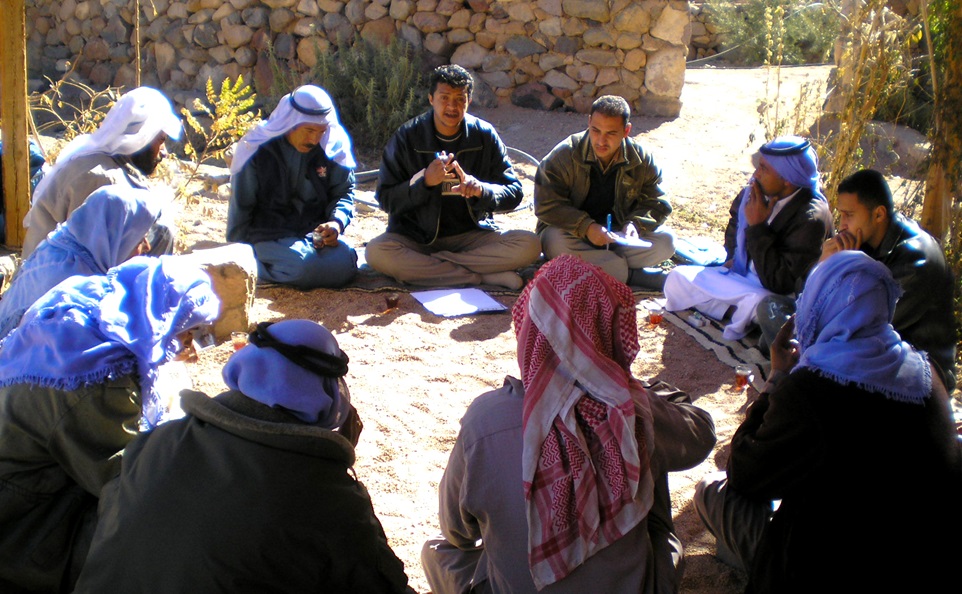CityAdapt’s various implementation activities are carried out with demonstration sites to showcase benefits to surrounding populations and inspire replication. This includes demonstration sites for edible mushroom cultivation, urban gardens, roof rainwater harvesting systems, beekeeping, water infiltration systems, agroforestry, and other activities.
CityAdapt also emphasizes learning from project activities, especially for planning officials and communities to take ownership and help them continue after project end. It has therefore produced or is producing an array of knowledge products, including manuals, policy briefs, case studies, technical guidelines, and education material for children. A key aspect of this work has been highlighting NbS’ cost-effectiveness in comparison to conventional solutions (see story maps).
One key is a virtual class with 45 students that work on adaptation-related issues in their respective 17 countries. All the students reported an across-the-board improvement in their knowledge of NbS for urban adaptation. This class model will now be expanded to other regions. These learning components help to build the case for further NbS integration in urban planning and policy while spreading CityAdapt’s lessons to other actors interested in using NbS for their respective cities.
Academic institutions with a local presence must be involved in the project, for example via master’s students’ thesis research. The academic institutions and their students need real-world projects for applied learning, and the adaptation activities need someone to carry on with monitoring and evaluation. This helps to ensure project sustainability and the continuity of project implementation and essential M&E tools. At the same time, local participation in monitoring (also referred to as citizen science in many contexts) is key for buy-in and ownership of activities, in addition to collecting useful data. School activities have been highly advantageous for generating local interest in project activities, as children take lessons learned home to share with their families. The pandemic has represented a major challenge to this effort, but the project has adapted, and created virtual educational games for children to play at home with their parents and teachers.
